In a move to ease the long commutes on Bengaluru’s congested roads, Uber has announced plans to launch a budget-friendly bus service aimed at office commuters. This service will initially operate along the busy 18-km IT corridor, connecting KR Puram to Silk Board, as revealed by Prabhjeet Singh, President of Uber India and South Asia, on Wednesday.
This route is significant as it serves around 30 tech parks and 1.5 million IT employees. The announcement was made during the launch of Uber’s 2024 India Economic Impact Report, where Singh confirmed that discussions with Bengaluru regulators are ongoing to bring the project to fruition.
Uber Shuttle: Expanding to Bengaluru
Uber Shuttle, already active in cities like Delhi NCR, Kolkata, Hyderabad, and Mumbai, is set to bring a similar service to Bengaluru. The plan includes running approximately 200 pre-booked, air-conditioned buses along the Outer Ring Road (ORR) on the IT corridor.
Singh highlighted Uber Shuttle’s potential to complement existing public transport options. “We’re in talks with various stakeholders, and once we get the green light, the service could operate every two to three minutes,” Singh stated. He remains optimistic about the launch, expecting it to roll out in the next year or two if not sooner.
Addressing Price Concerns and Dynamic Pricing
When asked about pricing, Singh acknowledged concerns over high fares and commission rates. He explained that Uber’s peak-hour pricing is driven by supply and demand fluctuations. Singh emphasized the need to increase vehicle availability to stabilize prices and noted that electrification could reduce costs over time.
He advocated for a flexible pricing structure with caps, stating, “A flexible model allows prices to adjust naturally with supply and demand, avoiding artificial limitations.” Singh called for dynamic pricing within set limits, suggesting that both drivers and riders benefit from pricing flexibility.
Balancing Regulations and Driver Transparency
Singh urged the government to permit dynamic pricing while allowing for flexibility in components like time and distance charges. He noted that Uber maintains transparency by showing drivers their weekly service fees, which typically average below 12%. He stressed that the system should work naturally within a broad regulatory framework rather than imposing rigid controls.
Economic Impact and Future Prospects
The 2024 India Economic Impact Report revealed that Uber’s driver-partners earn 60% more annually compared to their next best employment option. Uber’s Auto and Moto services are projected to generate ₹36,000 crores in economic activity this year, with a significant number of bike-taxi rides providing last-mile connectivity to Metro stations.
As Uber pushes forward with its plans for Bengaluru, it’s clear that their focus is on affordable, flexible, and efficient transportation solutions to ease the city’s commuting challenges.
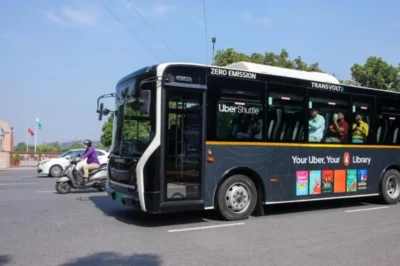









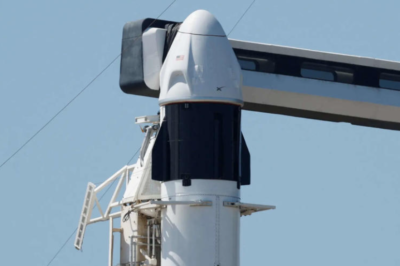

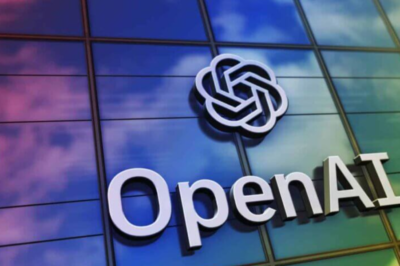

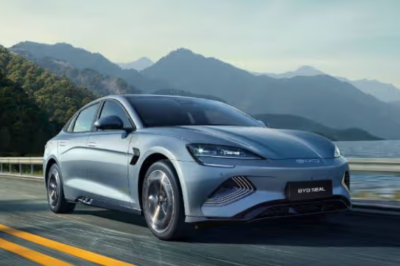





























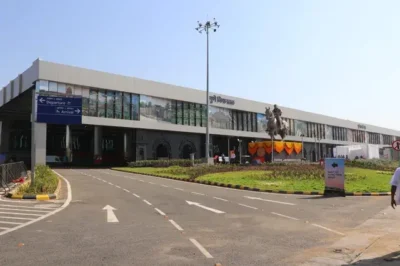


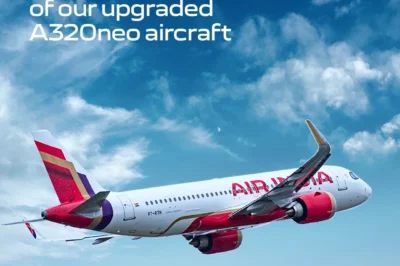

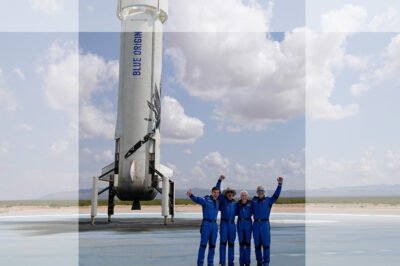


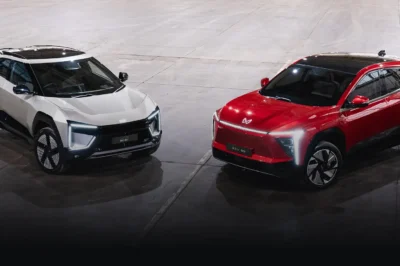
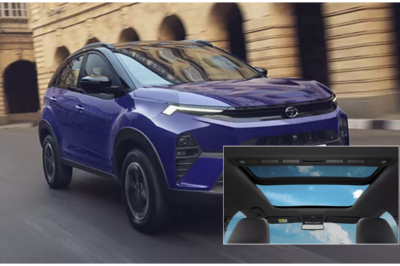
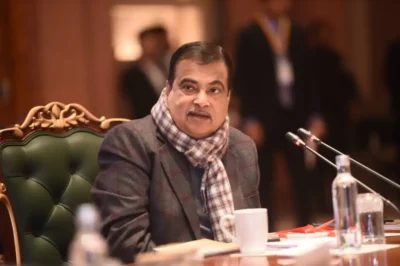

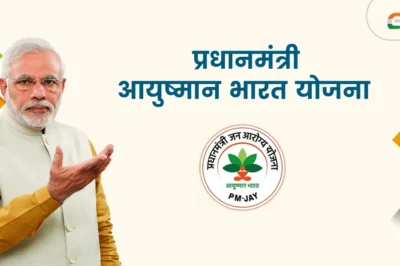

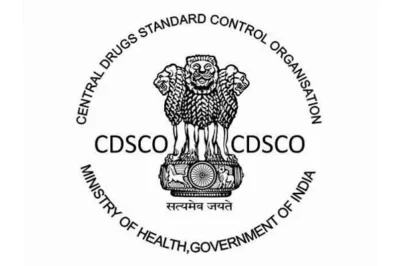




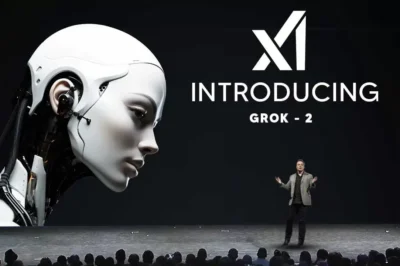







Leave a Reply